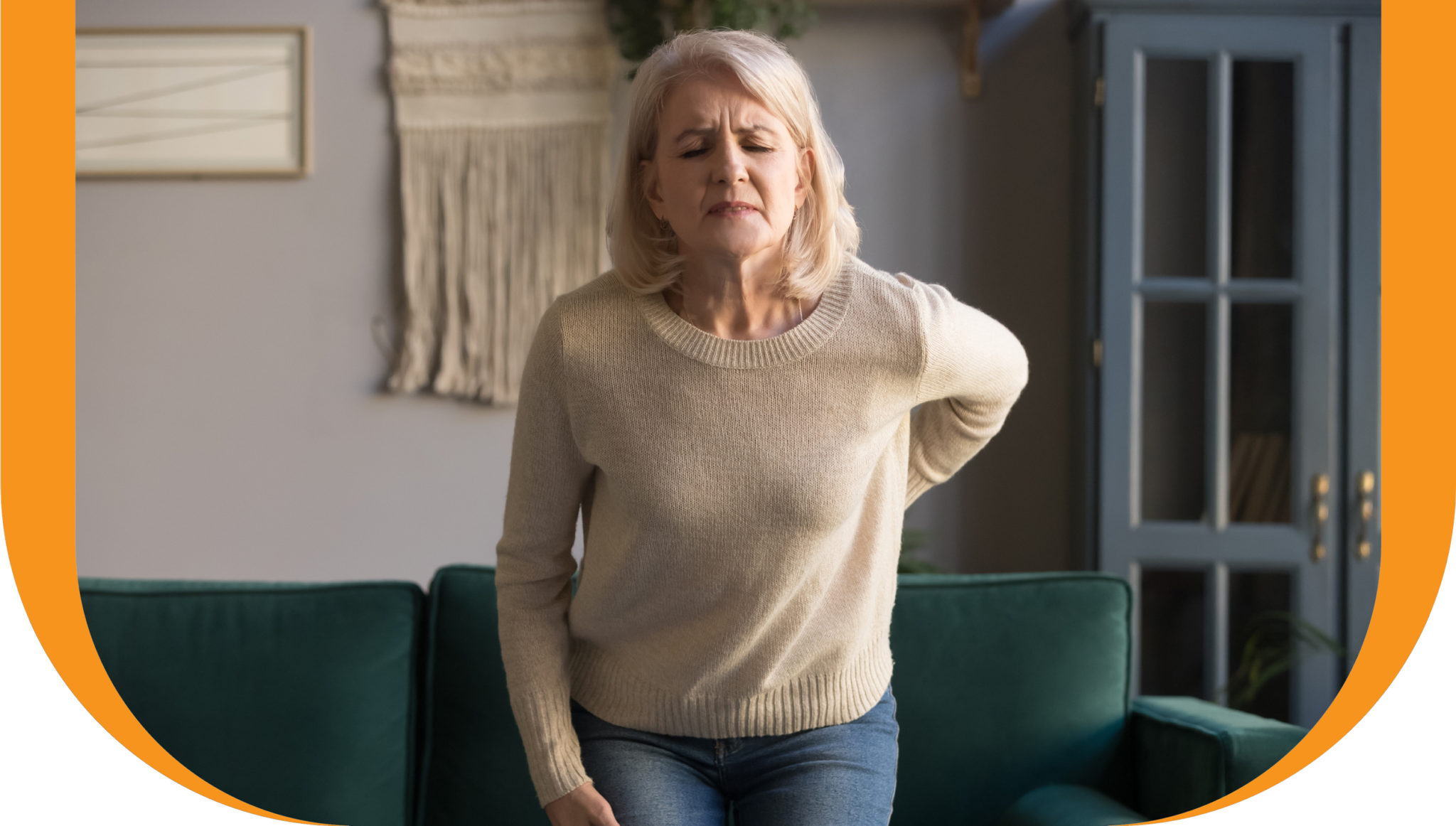
What is Lumbar Spondylosis?
Lumbar spondylosis is a term for conditions of the lower spine that are related to ageing and wear and tear. It is sometimes called spinal arthritis, although it includes a range of conditions that affect the bones, joints, and discs of the spine.
What Causes Lumbar Spondylosis?
As you age, the cartilage and discs between the bones of your spine begin to break down. That means your joints have less cushioning, which can lead to pain, stiffness, spinal misalignments, and the formation of bone spurs (abnormal growths on a bone).
While these conditions are closely related to ageing, there are also a number of other risk factors for developing lumbar spondylosis, such as:
- Previous back injuries
- Genetic predisposition
- Repetitive back strain
Signs and Symptoms of Lumbar Spondylosis
Since lumber spondylosis can involve a range of conditions, the symptoms can vary greatly. But here are some of the most common ones:
- Lower back pain and stiffness
- Loss of flexibility or range of motion in the lower back or legs
- Stiffness that appears in the morning or after periods of inactivity
If the condition causes bone spurs or bulging discs, it can lead to a range of other symptoms. That’s because these issues can pinch nerve roots or the spinal cord. The possible symptoms include:
- Neck pain and stiffness
- Numbness and tingling
- Weakness or pain in the buttocks, legs or feet
- Incontinence
How is Lumbar Spondylosis Treated?
- Physiotherapy: Can provide strengthening exercises and stretches that provide better support for joints and restore range of motion.
- Ice or heat: Back pain and stiffness can be initially treated with ice and heat.
- Medications: Including anti-inflammatories, muscle relaxants, and corticosteroid injections.
- Surgery: Is sometimes used when lower back issues are causing nerve damage.
Physiotherapy for Lumbar Spondylosis
- Diagnostics including x-ray, CT scan, and nerve conduction study
- Exercise and stretches
- Recommendations for overcoming functional limitations
- Massage therapy
- Chiropractic
- Bracing
- Aqua therapy
- Acupuncture
How to Prevent Lumbar Spondylosis
- Pay more attention to your posture both when sitting and standing.
- Make sure you use proper technique when lifting heavy items. Lift with the legs!
- Wear appropriate shoes during physical activities. Avoid wearing worn-out sneakers, and consider getting some custom orthotics for better support.
- If you work at a desk, take a short break every half hour to stand up.
Book an Appointment
If you’re dealing with back pain, it’s a good idea to get it checked out as soon as possible. Degenerative conditions like this don’t get better on their own, but treatments are effective. So let us create a custom plan to treat your lumbar spondylosis and relieve your back pain.